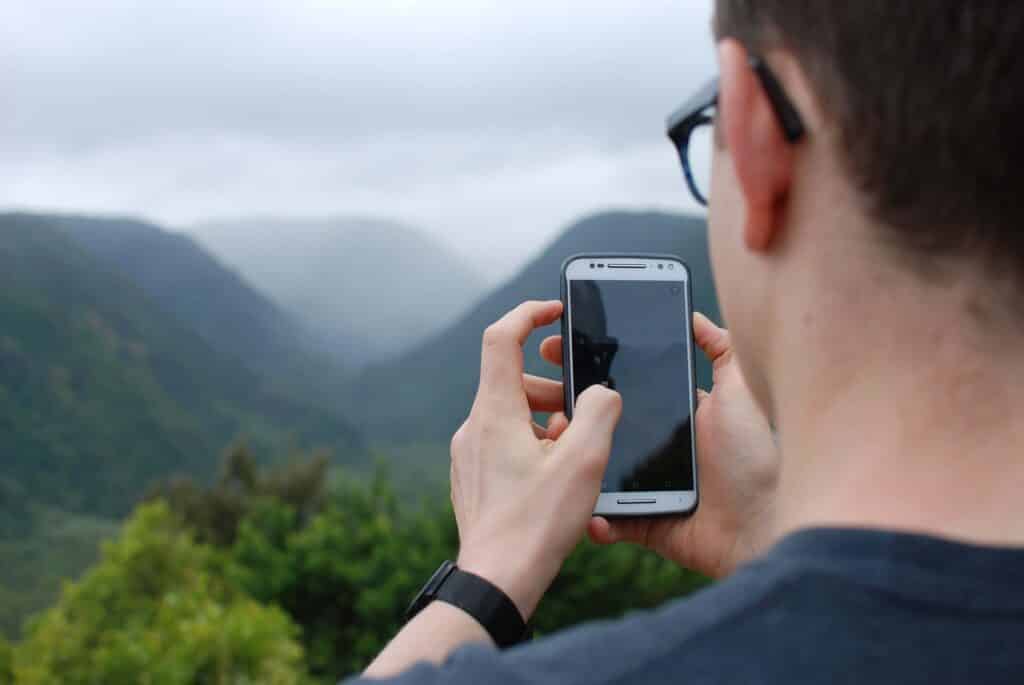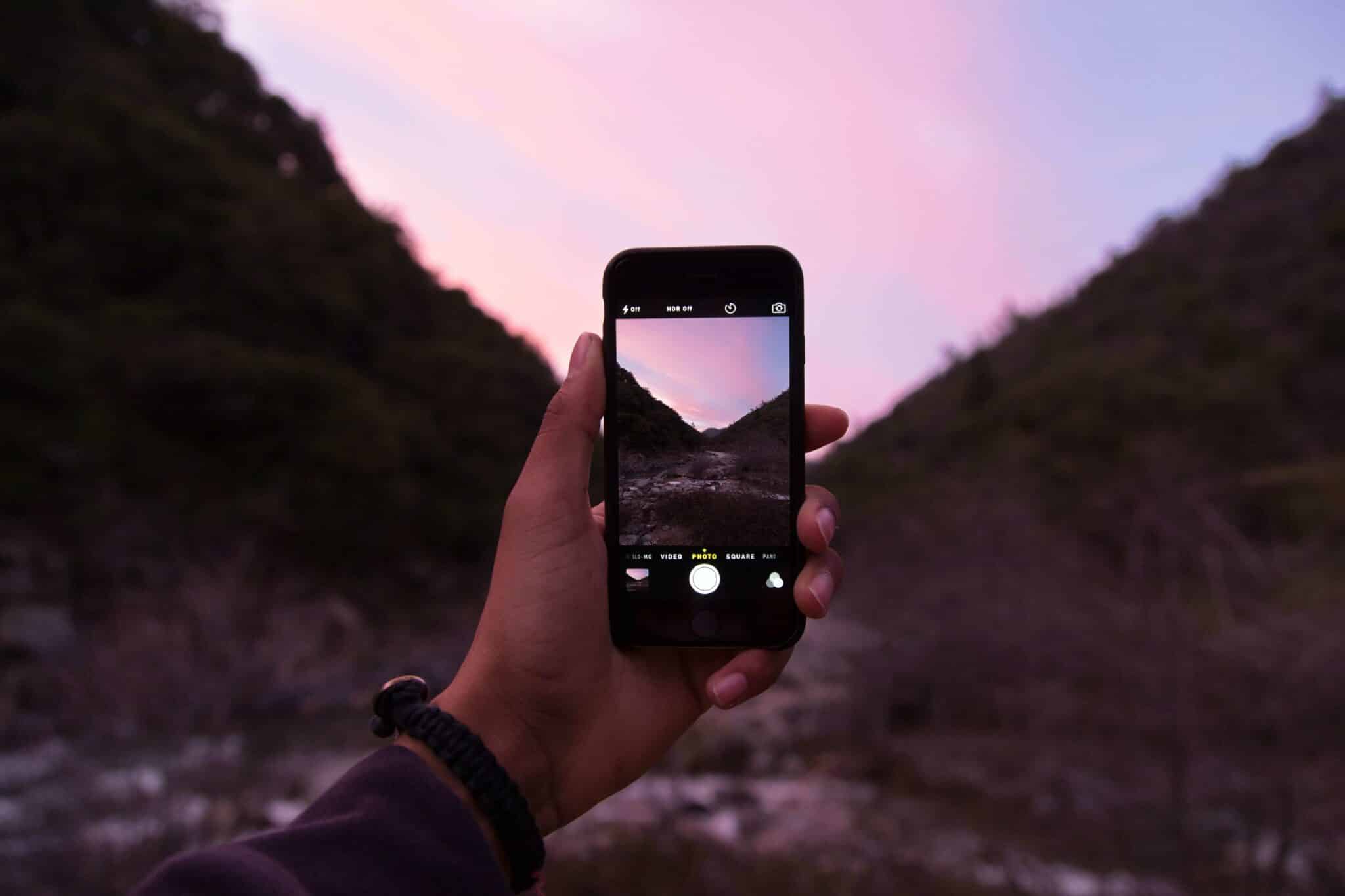We’ve all abandoned a booking for one reason or another. But when your guiding company depends on as many reservations as you can handle, it’s important to know why your website visitors may be leaving before paying for an adventure with you.
What are abandoned bookings?
Abandoned bookings are when a customer doesn’t complete the trip reservation process. They may have started selecting a date for their adventure or entered in their details, but they left your website at some point. There could be a number of reasons why too.
Why is it important to lower them?
The more booking abandonment you have, the fewer actual trips you’re leading, which means the less money you make for your guiding business. It’s critical to have an optimized booking process so you can avoid abandoned reservations.
Automate Your Tasks
Tour operator life is complicated Use a booking platform that simplifies it.
Automate Your Tasks
Tour operator life is complicated Use a booking platform that simplifies it.
What are the reasons people abandon bookings?
According to Baymard, they found 10 top reasons why people abandon a booking.
- Extra costs too high (shipping, tax, fees)
- The site wanted me to create an account
- Delivery was too slow
- I don’t trust the site with my CC info
- Too long/complicated checkout process
- I couldn’t see/calculate the total order cost up-front
- The website had errors / crashed
- Return policy wasn’t satisfactory
- There weren’t enough payment methods
- The CC was declined
So, how can operators minimize abandoned bookings? It starts with having transparent pricing and clear cancelation and refund policies. You also want to optimize for mobile and test your website experience. Additionally, you need to attract attention to how unique your guiding business is. Most importantly, you want to simplify your booking process (which we can help with).

Clear Pricing & Cancellation and Refund Policy
Have your total costs presented upfront
Have you ever found yourself looking through listings, seeing the price, being okay with the said price, adding it to your “cart,” and then at checkout, the price nearly doubles? This happens a lot with airlines and Airbnb. It’s shocking, right? Enough to make you want to throw your hands in the air and commit to going back to couch surfing and road-tripping.
This is how your customers feel with surprise pricing at the end when they’re ready to book. In fact, Baymard conducted a survey on reasons for abandonments during checkout and the number one reason, at 48% is that the extra costs were too high. We’ve seen ticketing systems pull this tactic on professional guiding websites and it’s clear why operators are frustrated. When you expect one price and are presented with something entirely different when you’re ready to pay, it’s shocking and it breaks your customers’ trust. It’s the number one booking abandonment reason (you can also avoid this by allowing deposits).
Since we’ve personally experienced this ourselves, we decided to have our pricing totaled at the get-go. What your customers see when they start browsing available dates and times is the final price when they go to reserve their adventure with you. There are no surprise fees or charges. No BS.
Clearly explain your cancelation and refund policies
In addition to clear pricing to minimize abandoned bookings, you want to clearly explain your cancelation and refund policies. You also need to make them accessible and easy to read. This not only gives customers peace of mind that they can cancel in certain situations and receive a refund, but it’s also beneficial for you so you avoid angry customers in the future. Outlining clear cancelation and refund policies prevents your business from losing money or dealing with miscommunications.

Optimize for mobile
According to PhocusWire, 41% of travelers use their mobile devices to browse, but only 18% use them to book an adventure. This could be because it’s harder to book a trip with a mobile phone because of the smaller screen and being afraid to accidentally “fat finger” a field. Plus, there are still loads of professional guiding websites that are way behind in their website design. This all leads to abandoned bookings.
Further, SaleCycle’s 2022 Travel Ecommerce Stats & Trends Report states, “55% of all online traffic is via mobile, however total online sales via mobile is just 44%.” Additionally, they add “The overall mobile browse abandonment rate via mobile is 85.27%.” This would suggest that mobile phones are used to browse for adventures, less so to book them.
Keep your mobile visitors on your site
Prevent reservation abandonment by optimizing your website, especially your booking process, for mobile. This means using a theme or code that automatically adjusts your web components for a mobile phone (i.e. shrinking fields, forms, text, etc. to fit on a phone screen instead of a desktop).
Also, having a booking widget embedded in your website that’s easy to complete on a phone is going to push those mobile visitors to reserve their adventure with you then instead of waiting until they’re at their computers.

Test your website experience
If you haven’t personally gone through your website in a while, do it soon. Building websites is not a one-and-done task. There are always ways to make your website experience better and avoid abandoned bookings (Psst…it starts with website design).
One way to find out if you need to improve it is by asking your friends and family to go through the booking process and help you note any sticky points or confusing or complicated aspects that’d make them want to stop booking with you. Don’t forget to have them test through mobile and desktop.
Get notes from your testers
Have them take note of any bugs, slow loading times, too big or small buttons, intuitiveness of the booking flow, and any unnecessary fields. Use this to update your website experience and analyze what happens over the following months after implementing changes. If you see your bookings increase, then keep those changes. If they start to decrease, go back to the drawing board to see what else might need changing.
If you use Origin, we have an easy way to do this (just send us a message from your Dashboard!).

Attract attention to how unique your guiding business is
There are a lot of options to go on an adventure with a professional guide. If you don’t believe us, visit Google and do a quick search. We think you’re great, but we’re not your target customer. It’s easy to abandon a booking when there’s nothing special about the company and plenty of other similar options. Further, there won’t be a connection if there isn’t a perception that your guiding company is unique.
Why are you different from other guiding companies?
So, think about what makes your company unique? Why should travelers book with you over the others? Is it the adventures you take guests on? Your guides and staff? If you’re struggling to come up with something yourself, ask your guides, your staff, and your past customers. They’ll have some ideas for you. Then, highlight that with content like an “About Us” page, a blog about your guiding adventures, photos, videos, and testimonials.
55% of customers say reviews influence their buying decision. By showcasing reviews and testimonials from previous clients, you can give customers that extra encouragement to complete their booking.

Simplify the booking process to minimize abandoned bookings
To lower your booking abandonment rate, please simplify your booking process. This is near and dear to our hearts because it’s what we excel at. We hated the endless clicks it took to book an adventure. The longer and more complex your booking process is, the more likely you are to have guests bounce from your website.
Arduous forms and fields make customers distracted and frustrated. Plus, they’re more likely to get interrupted while completing all this nonsense. They’re going to go to your competitor who has an embedded booking widget that takes customers less than five minutes to reserve a trip with them.
Fewer clicks mean a faster checkout
Don’t make customers click through one hundred screens to get to the checkout page either. A simple online booking process (like Origin’s) can be done on a single page, which helps decrease the number of abandoned bookings.
Automate Your Tasks
Tour operator life is complicated Use a booking platform that simplifies it.
Automate Your Tasks
Tour operator life is complicated Use a booking platform that simplifies it.
Get the bare minimum of information and then ask for the rest later
The average checkout has 15 form fields, twice as many as it takes to gather the customer info than needed to process. You don’t need to know everyone (like their first and last name, their phone number, and their email address) who’s going to be in their private group during the initial checkout.
This is especially important when all you really need is their name, credit card information, and an email address to reserve a trip.
Don’t force account creation
The second biggest reason to abandon a booking is forcing customers to create an account before they can checkout. And nowadays with the two-step verification process, texting codes to phones, creating yet another unique password for the site bogs your customers down.
Encourage customers to create accounts after they’ve booked (Origin automatically creates accounts for customers to track their trips after they pay) to help with future bookings and marketing.

Conclusion
Not all abandoned bookings are because you did something wrong. Tripadvisor states that 80% of travel research takes 4+ weeks. So, you’re going to see travelers jump on your site while they’re researching the best guides before they make their decision. On the other hand, you don’t want to lose out on those customers in the future when they are ready to buy. This is when having a marketing strategy to collect visitors’ information to contact them in the future will come in handy.
Checkout Page Checklist
- Website Design
- Is it modern? Mobile-optimized? Clean?
- Trip images and descriptions match the checkout images and descriptions
- Inconsistent images and descriptions make customers hesitate
- Make sure if it’s a beginner mountain bike clinic, you’re showing images from beginner mountain bike clinics, not photos of bikers sending it off giant boulders.
- Make sure the descriptions match so there isn’t any confusion
- Is your booking process easy?
- The fewest amount of steps possible
- Pick a date, pick a time, and fill out the necessary info.
- Take out all unnecessary items
- Make it clean, make it minimal
- Are buttons (call-to-actions) limited within the booking process?
- And do they stand out from everything else on the page
- Are gift options offered?
- Are they presented before entering billing information?
- Transparent and upfront costs
- Display total price as early as possible
- No hidden fees
- Avoid forcing account creation
- Don’t make people create an account when they just want to book a trip with you. Worry about that after they reserve their adventure
- Flexible payment options?
- Do you offer more than one way to pay
- How transparent is the payment technology?
- Cancelation and Refund Policies are accessible
- Easy to find, easy to read
- Checkout security is clearly visible
- SSL Certificate in web URL
- Security seal showing when asking for payment details
- Are checkout options clear?
- Guest vs account creation
- Can they create an account AFTER reserving their trip
- Is there an orderly confirmation page that thanks and reassures customers their reservation went through?
- Is it clear what customers should expect after booking with you?








